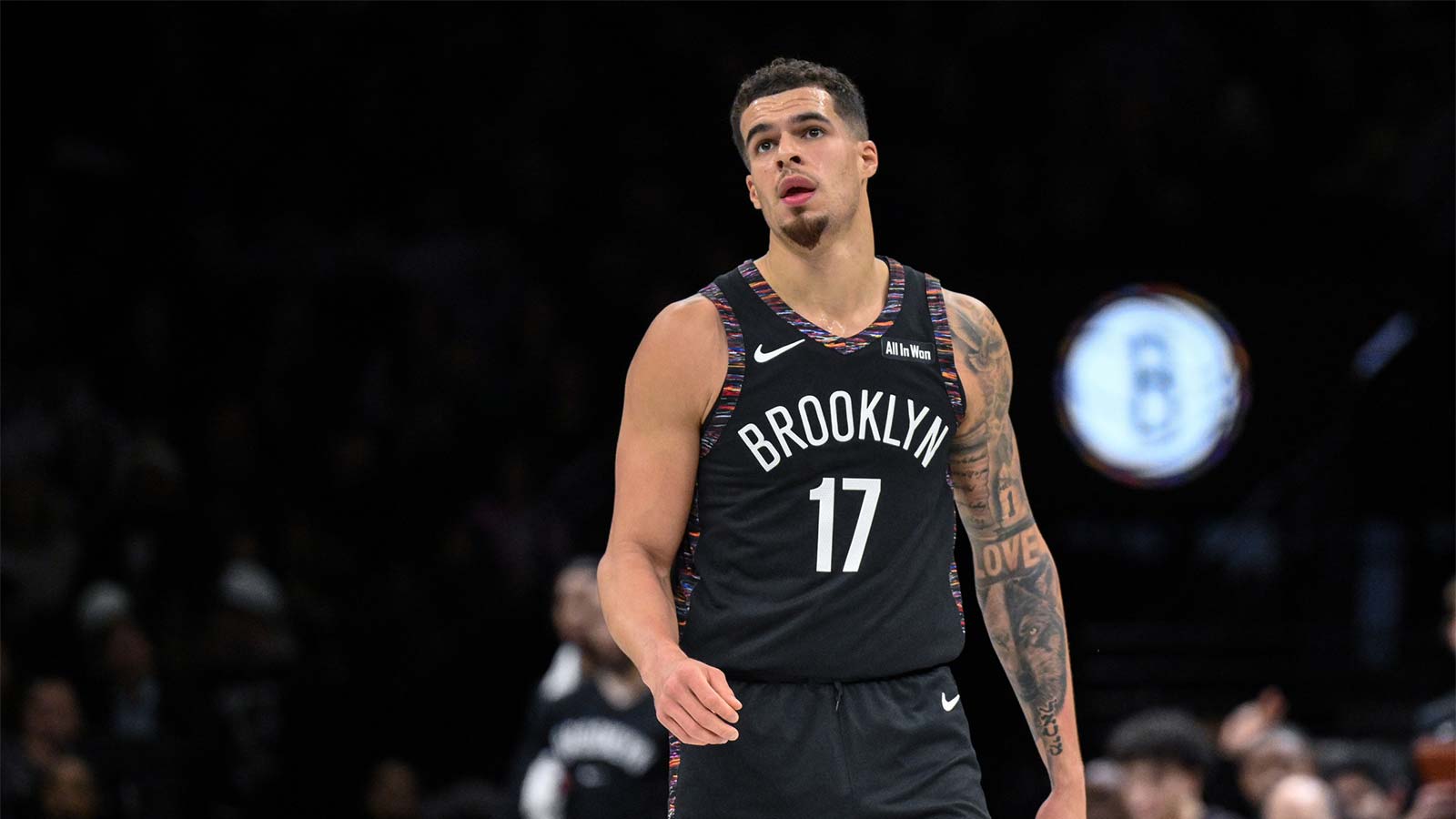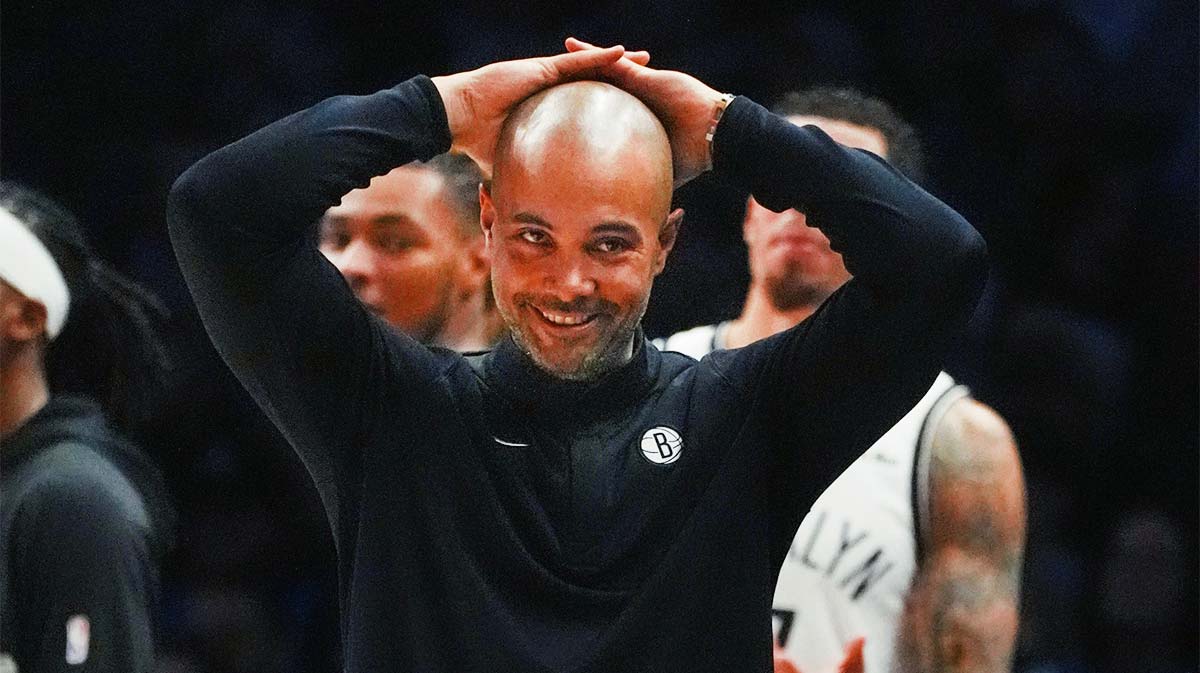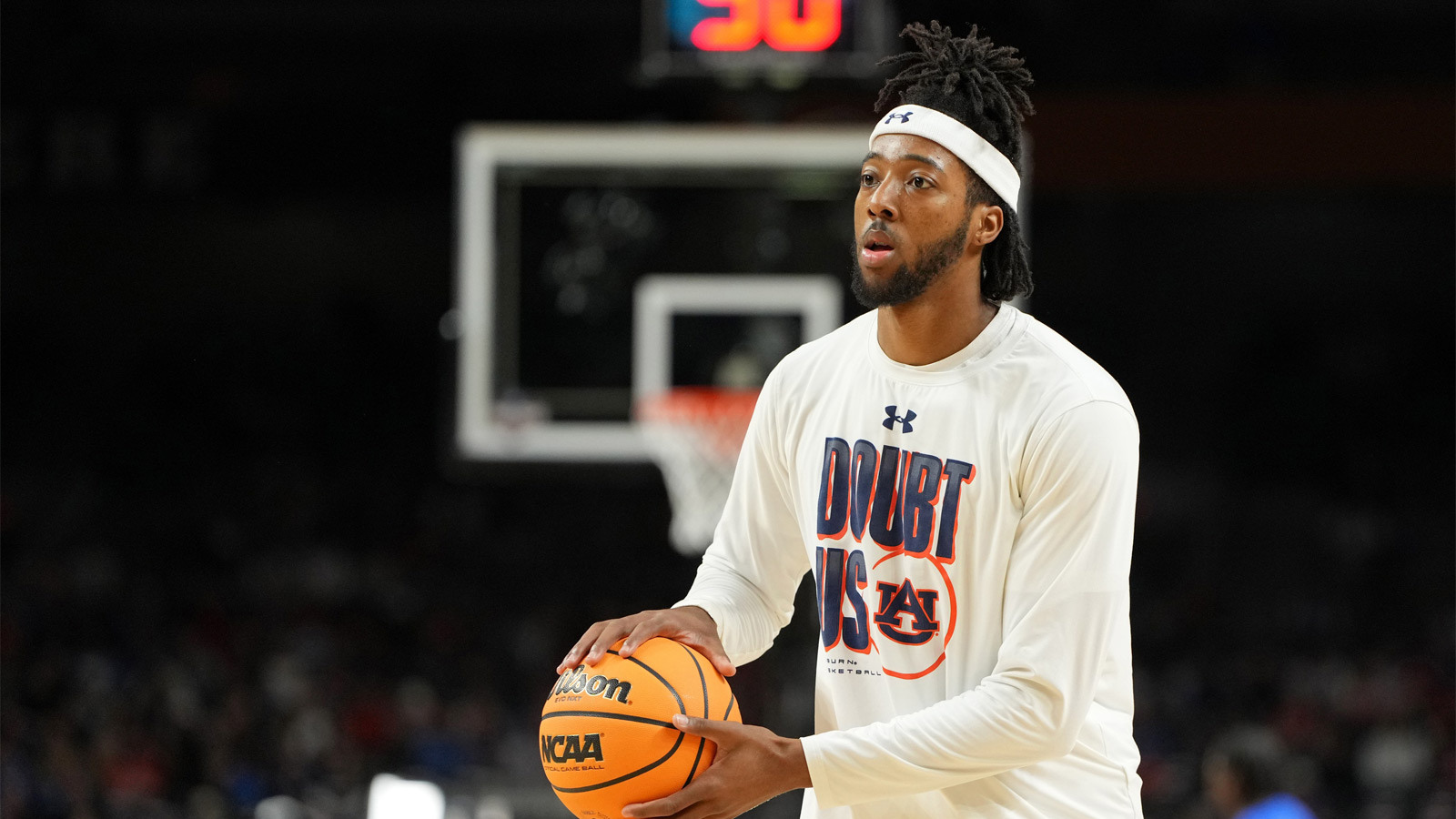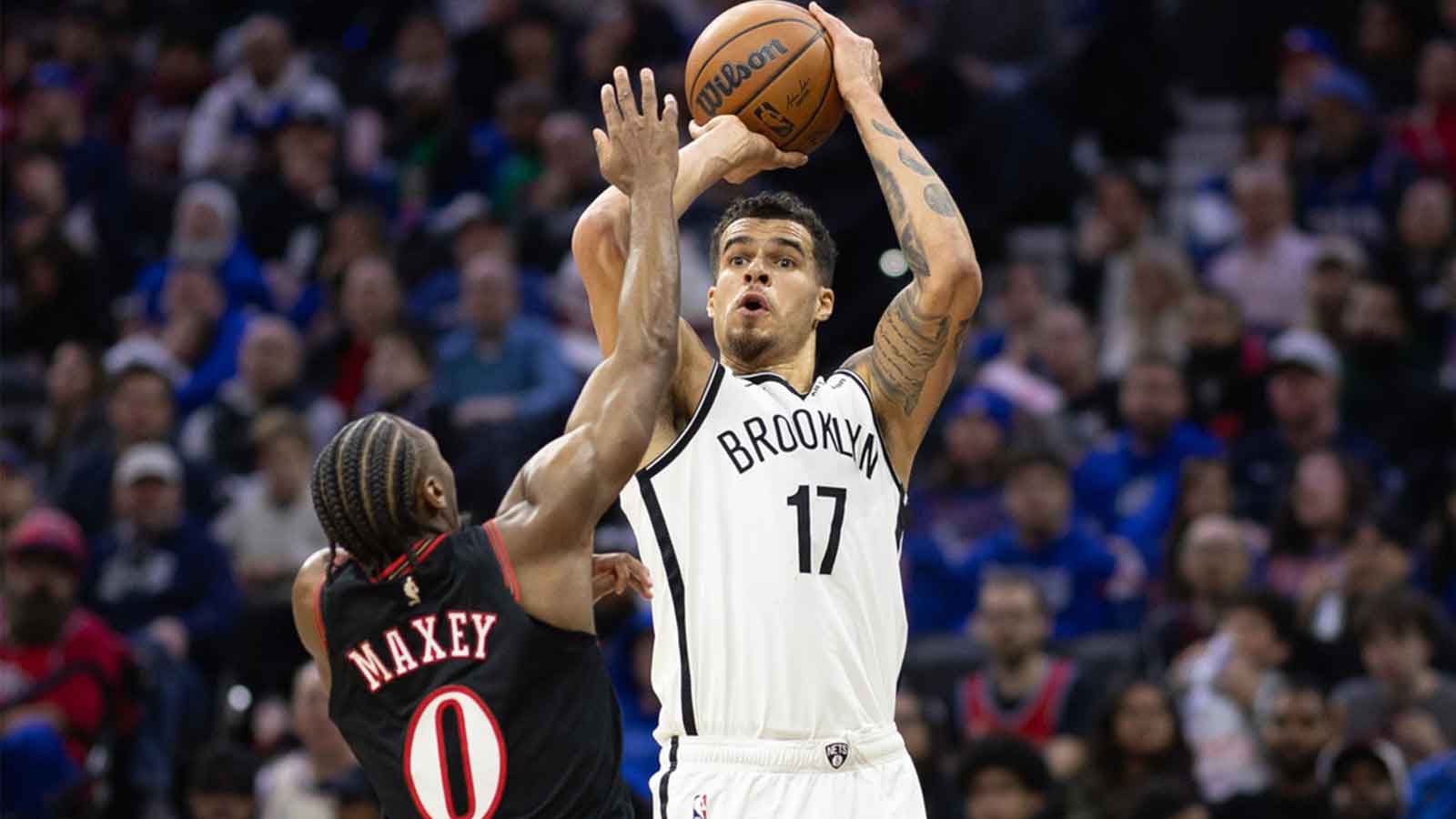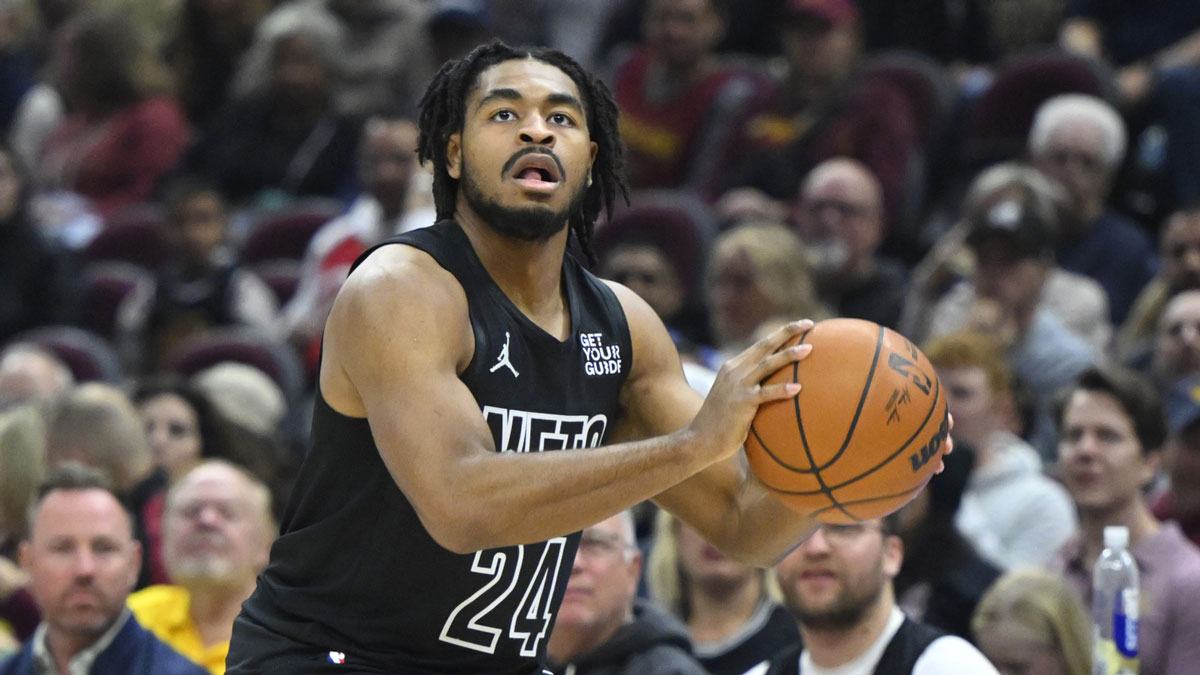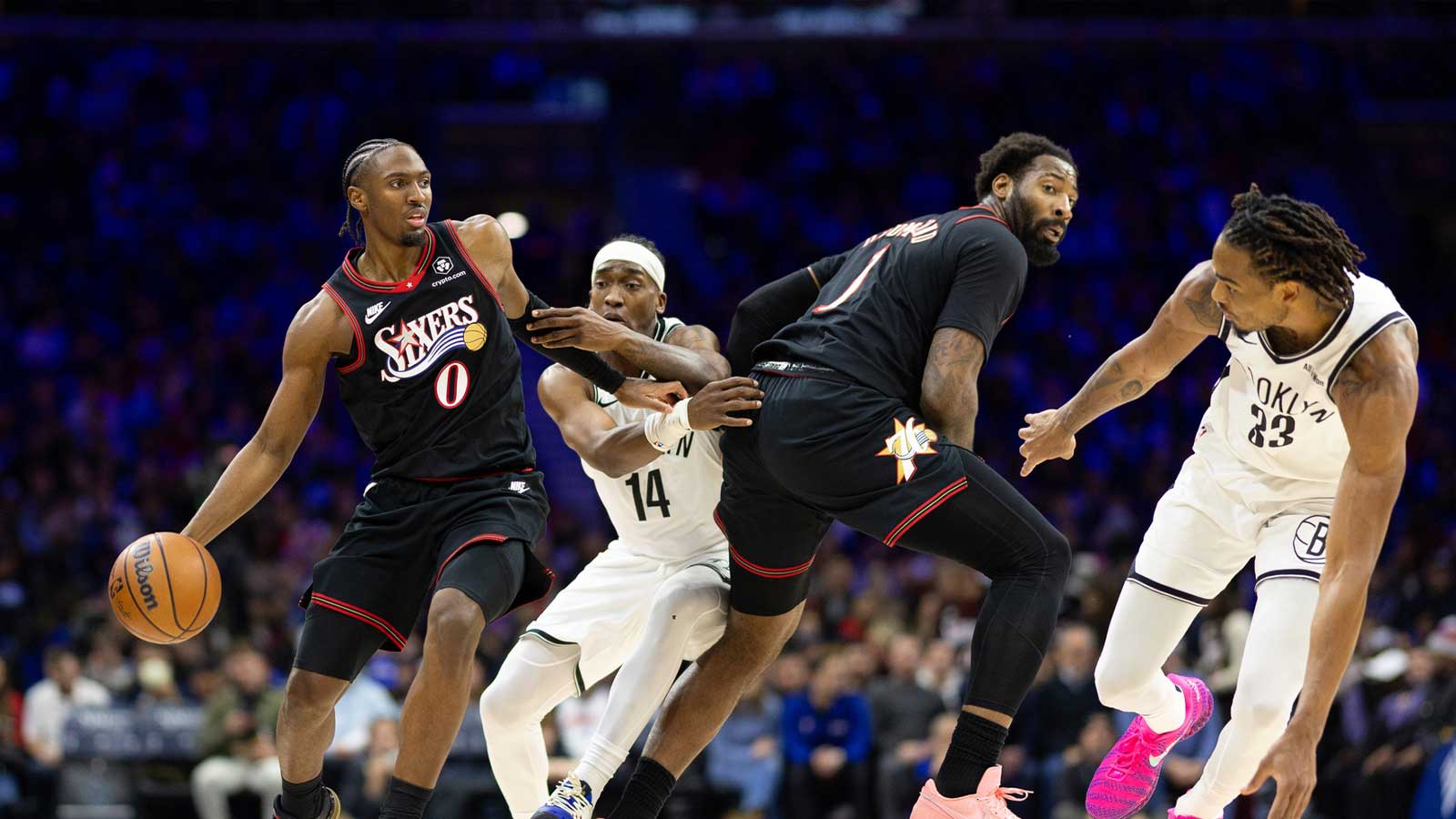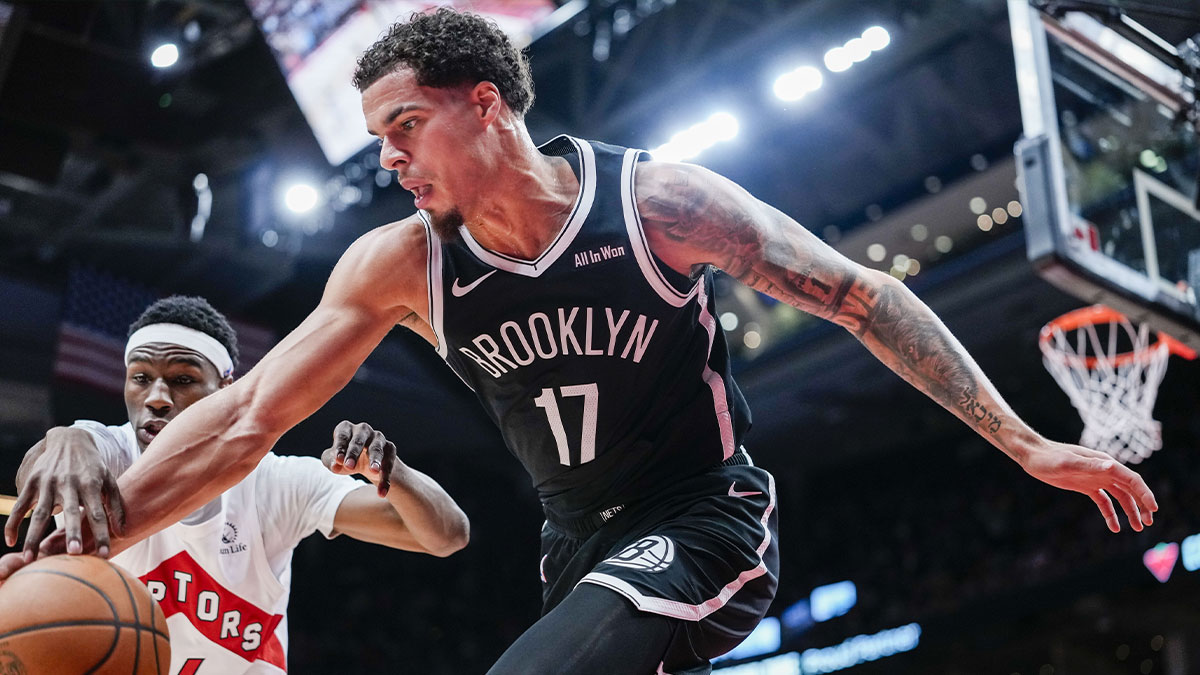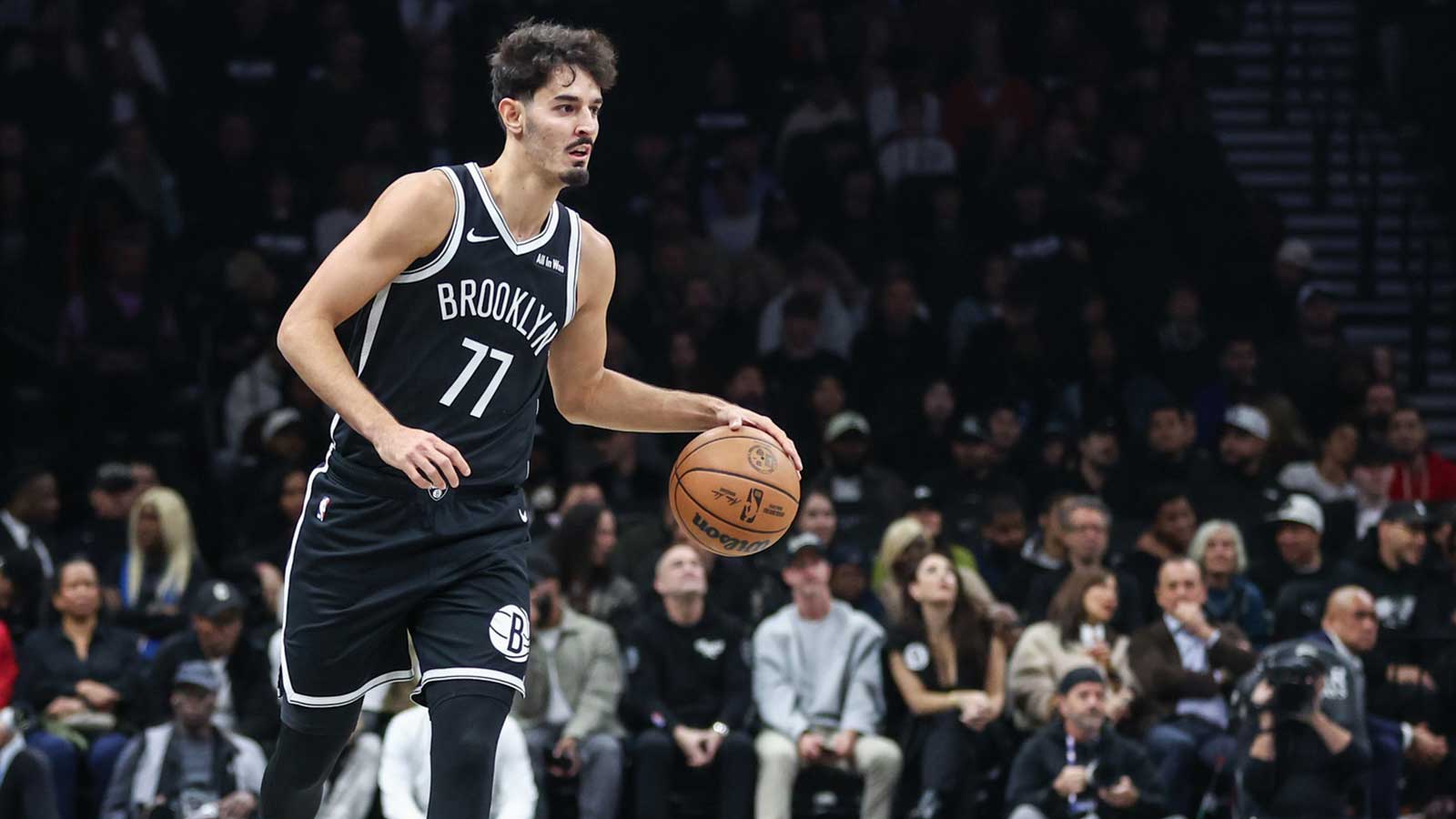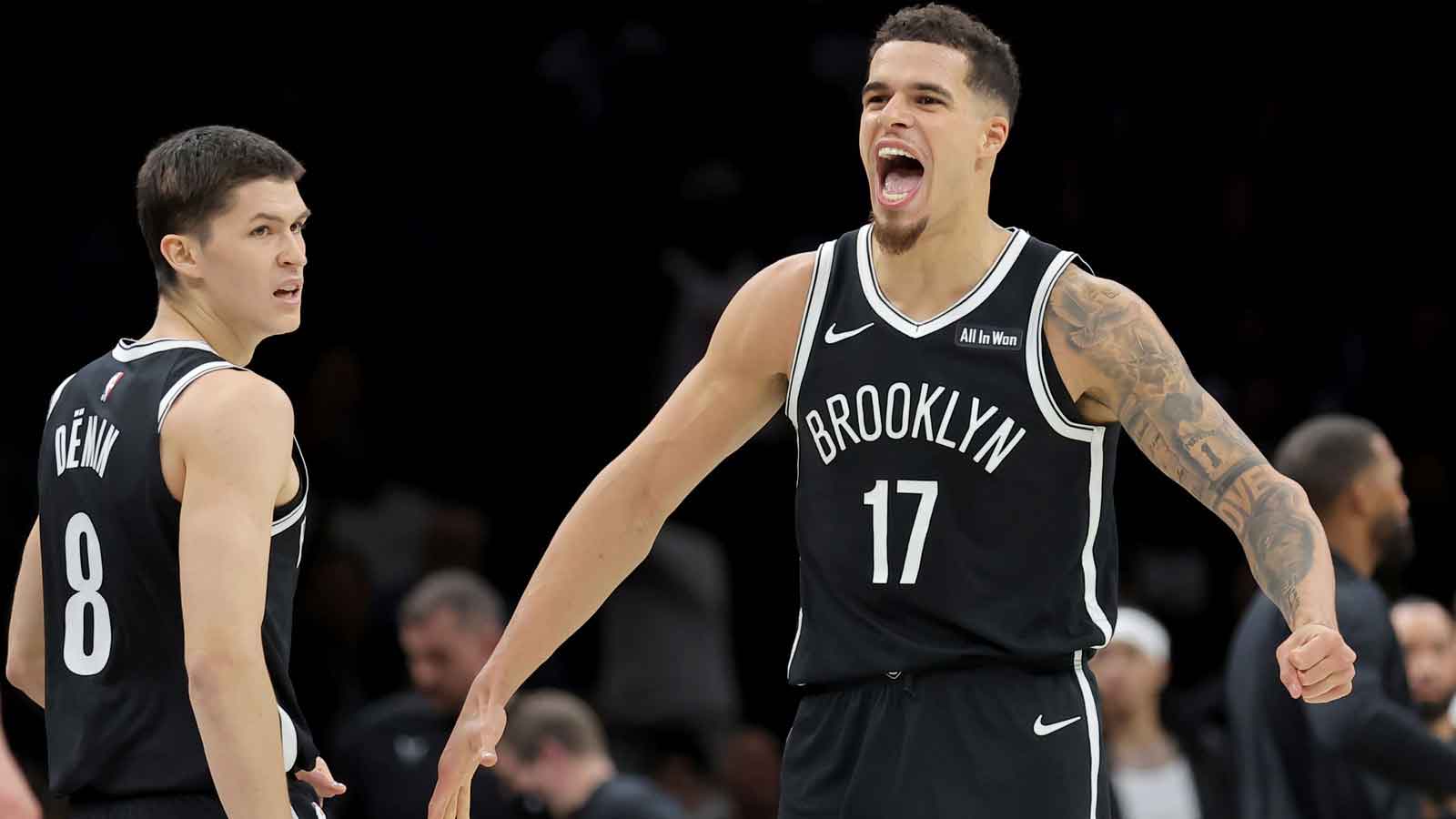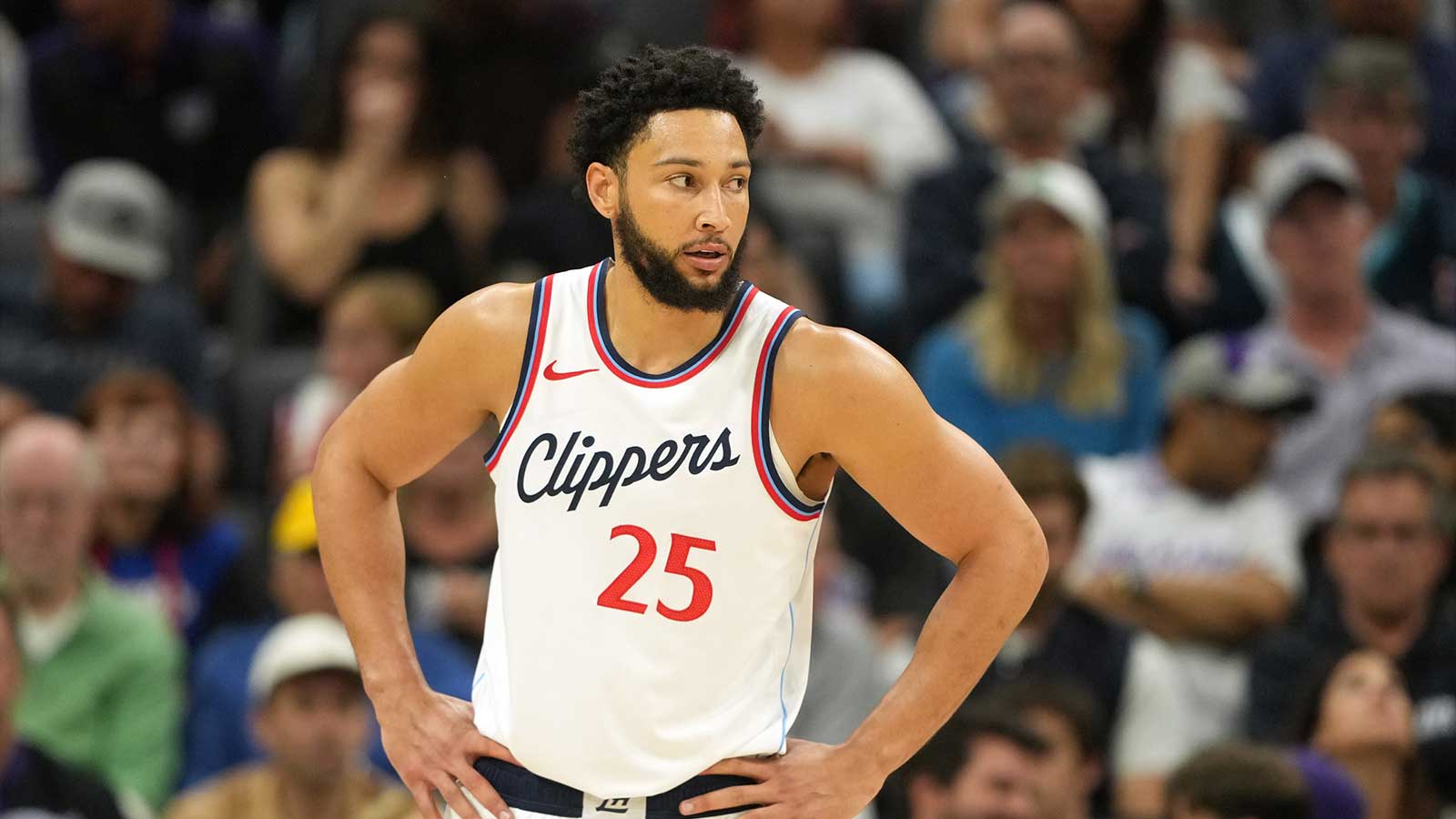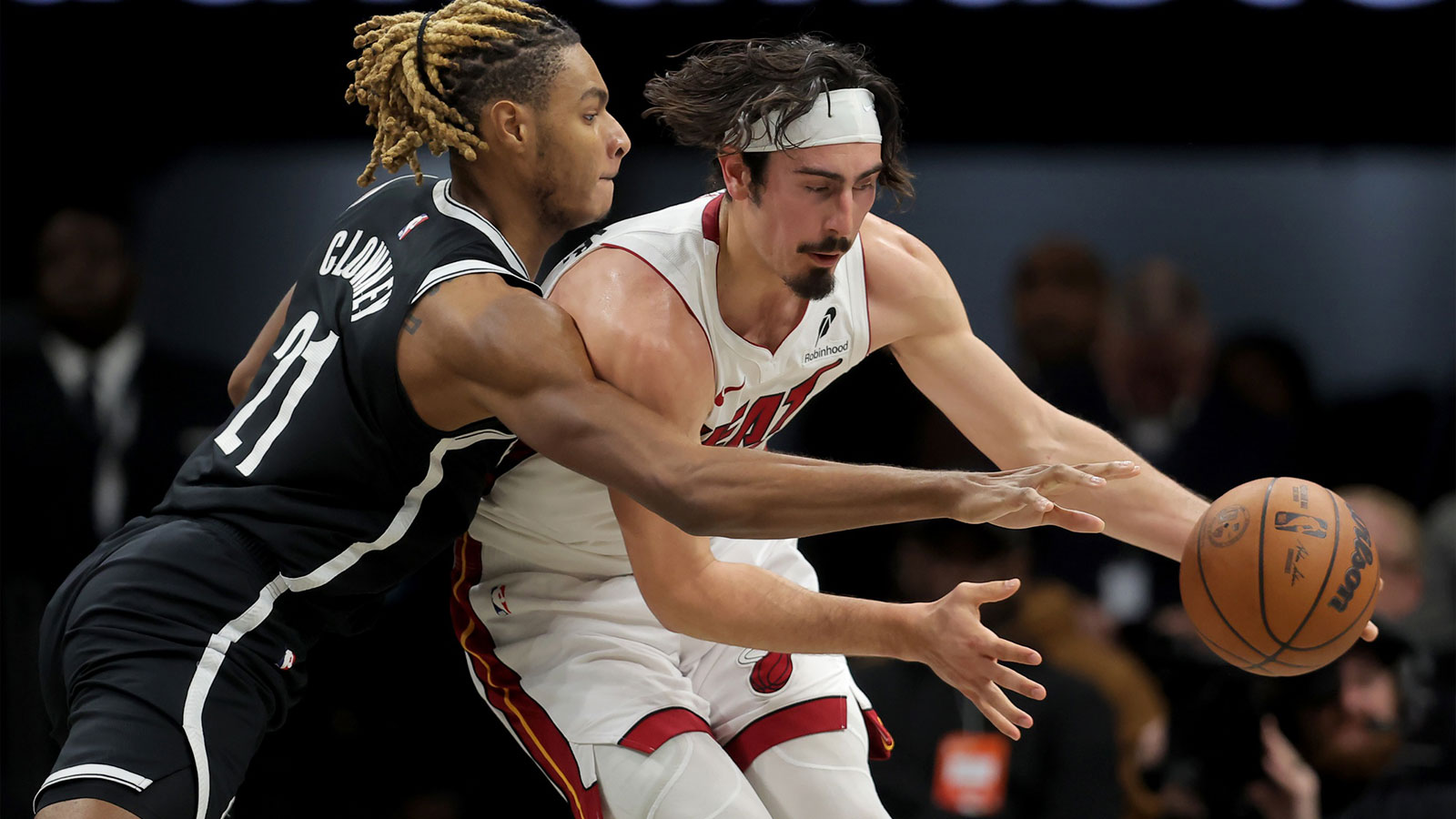The Brooklyn Nets quickly became the title favorite when they acquired James Harden to star alongside Kevin Durant and Kyrie Irving in 2020-21. While those championship aspirations never came to fruition, a new quirk in the NBA's collective bargaining agreement would have prevented that deal from happening.
Bookmark the term “second apron” because you'll be hearing it for years to come as teams look to build championship rosters. The new CBA set a second apron at $17.5 million above the luxury tax line (the first apron is $7 million above). With the salary cap at $134 million and the luxury tax at $162 million for 2023-24, that second apron will be $179.5 million. Teams above that number, which Brooklyn would have been for each of the last three seasons, will be subject to harsh penalties.
Those restrictions include:
- Starting in the summer of 2024, teams above the second apron cannot aggregate multiple salaries to trade for a single player making more money. This would have prevented the Nets from making the trade for Harden.
- They will lose the taxpayer mid-level exception. This would have prevented the Nets from signing Patty Mills during the 2021 offseason.
- They cannot sign a player waived during the regular season if that player's pre-waiver salary was larger than the non-taxpayer midlevel exception. This would have prevented the Nets from signing Blake Griffin in 2021 and Goran Dragic in 2022.
- They cannot trade their first-round pick seven years out. For example, teams this coming season will not be able to trade their first-rounder in 2030.
- If a team exceeds the second apron and remains there in two of the four subsequent years, its first-rounder seven years out will be moved to the end of the first round, regardless of record that season.
Starting in 2025-26, there will also be harsher tax penalties for teams who are over $10 million into the luxury tax. All of this makes it far more difficult to build out rosters with multiple star players, which could significantly impact teams such as the Warriors, Clippers, Bucks, and Suns. This makes the Nets having Mikal Bridges, who emerged as a potential star after his trade from Phoenix, under contract at $23.3 million for the next three seasons a significant advantage.
Having a player of Bridges' caliber for a lower number could allow Brooklyn to form another big three. However, doing so with their current core, which includes Cam Johnson and Nic Claxton, would still be very difficult. Johnson is expected to receive a contract over $20 million this summer and Nic Claxton is expected to receive a similar deal after this coming season. Both contracts could significantly impact the team's ability to acquire multiple stars. For example, say Brooklyn was able to trade for Damian Lillard this summer, the star everyone has been linking to them, the Nets' obligations to those four players in 2024-25 would look something like this:
- Lillard: $48.8 million
- Bridges: $23.3 million
- Johnson: $20 million
- Claxton: $20 million
Brooklyn would owe $112 million to those four players. Then say they attempted to use Ben Simmons' $40.3 million expiring contract as a salary filler with their remaining draft picks in a trade for a second star. Assuming that second star makes similar money to Lillard, the Nets would be nearing $160 million in salary for their starting five alone, leaving just $19.5 million below the second apron to fill out 10 spots on their roster.
In reality, Brooklyn would need to move off Johnson or Claxton, if not both, in return for an assortment of cheaper role players to make a new big three possible. It's a reality that the teams mentioned earlier will also be facing with their $20-$30 million players in the coming seasons.
Golden State has Jordan Poole ($29M), Draymond Green ($28M), and Andrew Wiggins ($24M) in addition to its $95 million owed to Stephen Curry and Klay Thompson. The Clippers have Eric Gordon ($21M), Normal Powell ($18M) and Marcus Morris ($17M) in addition to the $91 million they owe to Kawhi Leonard and Paul George. Both teams are well over the second apron and will need to make significant decisions on their top complementary pieces.
Milwaukee has $121 million committed to its big three of Giannis Antetokounmpo, Khris Middleton, and Jrue Holiday. Phoenix has $147 million committed to its core four of Durant, Devin Booker, Chris Paul, and Deandre Ayton. Both teams will have to make decisions on their top pieces beyond that. Even then, they will little flexibility to build out the rest of their rosters.
The Nets' situation is not as complicated, yet. But with a stockpile of draft picks and several mid-sized salaries to use in trades, they could go star hunting in the coming offseasons. Bridges' contract amid his breakout season offers them a luxury most teams don't have within the new CBA. However, Brooklyn will still be facing similar difficult decisions if they view Bridges as a third option in their long-term plan to build a championship roster.








